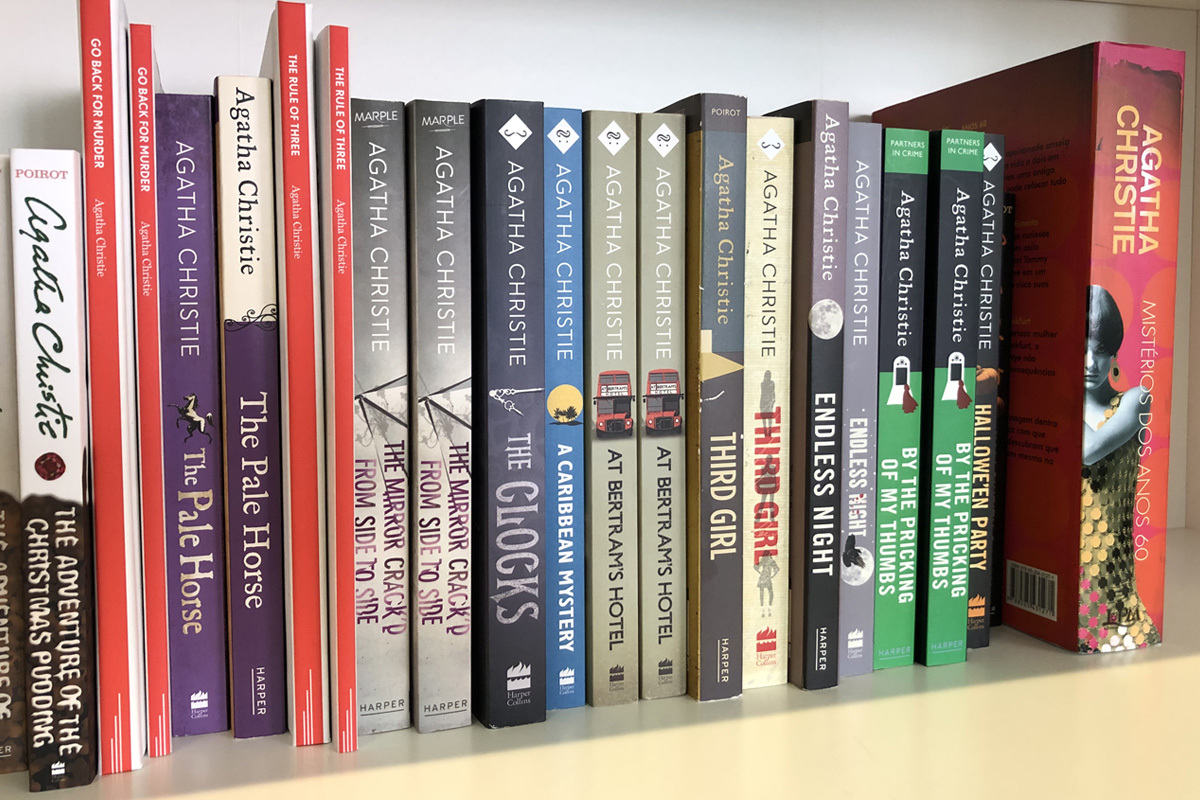
5, 1971.Īs the story goes, the Pope read the letter and then looked at the names attached to it. Then-Cardinal John Heenan, archbishop of Westminster, presented it to Pope Paul VI on Nov. This letter made its way to Rome and, ultimately, to the desk of the Holy Father.

Thus, it belongs to universal culture as well as to churchmen and formal Christians." Their concerns regarding this rite were with what they believed to be "a plan to obliterate that Mass by the end of the current year." Therefore, the signatories of the appeal wished "to call to the attention of the Holy See the appalling responsibility it would incur in the history of the human spirit were it to refuse to allow the Traditional Mass to survive, even though this survival took place side by side with other liturgical forms." In total there were 57 names attached to the letter that stated that its signatories were not preoccupied with "the religious or spiritual experience of millions of individuals" instead, they wishes to highlight how "the rite in question, in its magnificent Latin text," had "also inspired a host of priceless achievements in the arts - not only mystical works, but works by poets, philosophers, musicians, architects, painters and sculptors in all countries and epochs. But there were also the names of non-Catholics who would raise an eyebrow: the communist intellectual Philip Toynbee Liberal Party leader Jo Grimmond atheistic novelist Iris Murdoch Jewish violinist Yehudi Menuhin and libertarian philosopher Auberon Herbert, to name but a few. And there were also some from the British establishment whose signatures may equally have been anticipated: for example, that of the celebrated art critic Sir Kenneth Clark, of the then-Poet Laureate Cecil Day-Lewis, and academic and member of the Inklings Colin Hardie. There were signatories to the letter, which was officially termed a "Statement by scholars, intellectuals, and artists living in England," who were to be expected, Catholic writers such as Graham Greene, Malcolm Muggeridge, Seán Ó Faoláin and David Jones.

What was striking about this document, which is generally only of interest solely to liturgists, was the fact that it came about as a result of a letter requesting the preservation of the traditional Mass signed by an eclectic list of notables, many of whom were not Catholic. It came from the Vatican, where the then-reigning pontiff, Pope Paul VI, issued an indult permitting what was known as the Tridentine Mass to continue to be said in England and Wales. The mystery starts with a document composed in 1971.


The suspect is none other than Agatha Christie: best-selling author and undisputed "Queen of Crime."


 0 kommentar(er)
0 kommentar(er)
